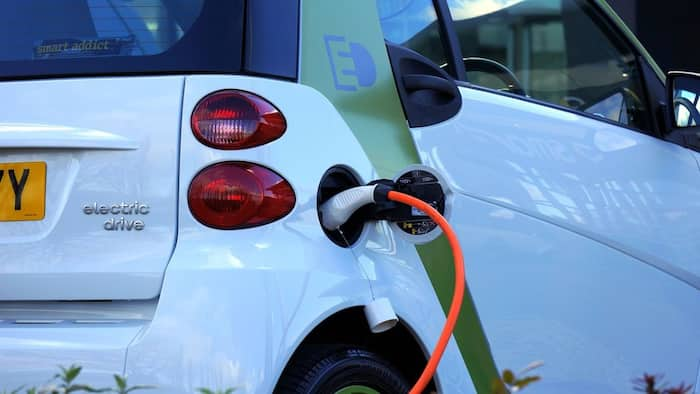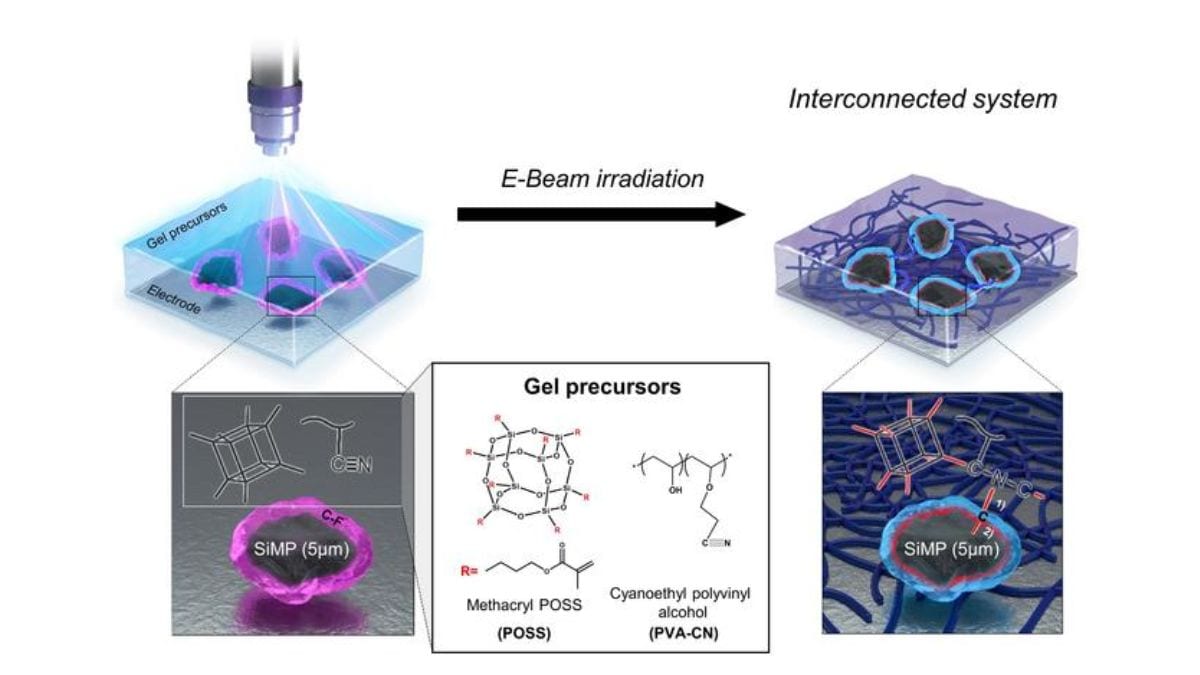
Written By Shubham Verma
Published By: Shubham Verma | Published: Feb 20, 2024, 03:47 PM (IST)

The shift from cars that run on conventional energy resources such as petrol and diesel picked up steam dramatically over the past few years to electric cars. But one of the reasons why the adoption staggered recently is the range electric cars can offer. The anxiety over when an electric car can suddenly stop, especially in a location that lacks a charging station, is quite real. But a new battery technology could do away with the issue. In what could be the latest breakthrough in the electric vehicle industry, scientists have created a new battery-boosting gel that could give electric cars a range of about 1,000km, or 965km precisely. Also Read: Upcoming EVs in India: From Tata to Mahindra, and more
Researchers at Pohang University of Science and Technology (POSTECH) in South Korea have managed to create a technology that uses micro-silicon particles and a gel-based electrolyte to make lithium-ion batteries hold charge for longer. According to the findings published in the journal Advanced Science on January 17, silicon is considered the best substitute for graphite when it comes to maintaining a battery’s high-charge capacity, but due to some limitations induced by silicon’s inherent property to expand, the substitution was unfeasible. A new nanometer-scale silicon can help mitigate the problem and allow the battery to hold the charge for a long time. Also Read: Top electric cars under Rs 10 lakh in India
Before we talk about how these nano-silicon particles can change the EV industry for good, we have to understand how charging works. Scientists explained that charging a battery works inversely. When a battery made of lithium-ion, which is the most popular rechargeable battery chemistry, is charged, positive lithium ions return to the anode and electrons flow back across a circuit to the terminal after gaining a positive charge. After all the ions are exhausted, meaning when there are no ions left to flow to the node — which becomes a cathode, the battery is considered fully charged. The anodes and cathodes in existing rechargeable batteries are made of graphite.

Covalent linkage formation between micro-silicon and gel electrolyte via an electron beam process. (Image: POSTECH)
Although graphite is considered the most stable material to use in a rechargeable battery, it has limitations relative to what modern customers demand from their electric vehicles. That is the maximum range these cars can offer. Scientists said silicon particles, on the other hand, can hold up to 10 times as many lithium ions as graphite, resulting in a higher battery capacity. However, because silicon expands by up to three times its size when receiving a charge, it can damage the battery irreversibly. The new nanometre-scale silicon particles can solve that problem, but the production process of such anodes can be complex, as well as more expensive.
But the POSTECH researchers have a workaround for that, as well. Scientists claim they opted for micrometre-scale silicon particles instead, along with an elastic gel electrolyte that spreads the internal stress when the silicon anode expands on receiving a positive charge. This gel helps prevent battery degradation without impacting the conductivity adversely. They noted that micro-silicon particles are 1,000 times larger than nanometre particles, which allows for an even higher charge capacity of the anodes in a battery without raising the production costs.
“We used a micro-silicone anode, yet we have a stable battery. This research brings us closer to a real high-energy-density lithium-ion battery system,” said Soojin Park who co-authored the paper and is a professor of Chemistry at POSTECH.
Despite being a breakthrough in the battery industry, this technology may take years to go into mass production. That means the EV cars may continue to have range constraints for a few more years. In real-world use, batteries made of micrometre-scale silicone particles could offer a longer battery life, along with a high range of over 620 miles or 965km on a single charge.